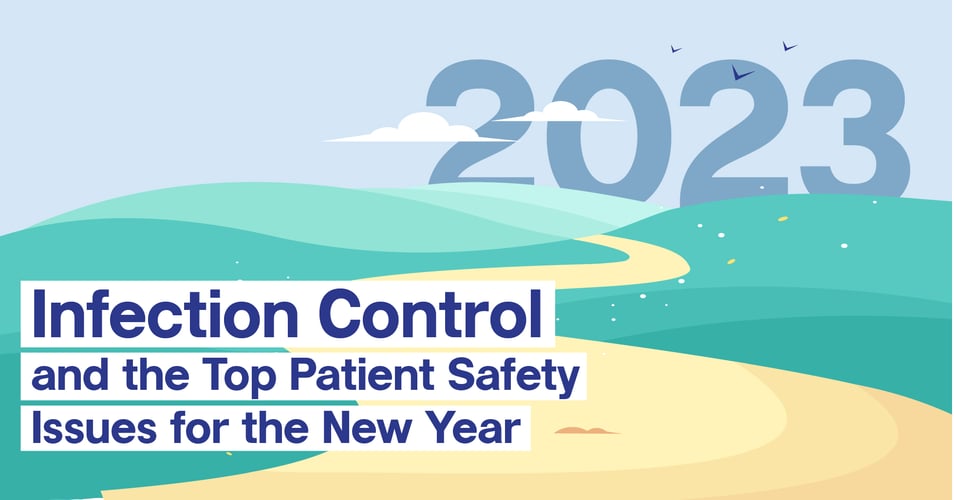Many healthcare concerns will follow us into the new year, some we have carried for decades and some that have become more threatening thanks to the...
The Top 3 Patient Safety Issues: How Infection Control Affects Them All

![EOScu Logo - Dark - Outlined [07182023]-01](https://blog.eoscu.com/hubfs/Eoscu_June2024/Images/EOScu%20Logo%20-%20Dark%20-%20Outlined%20%5B07182023%5D-01.svg)









